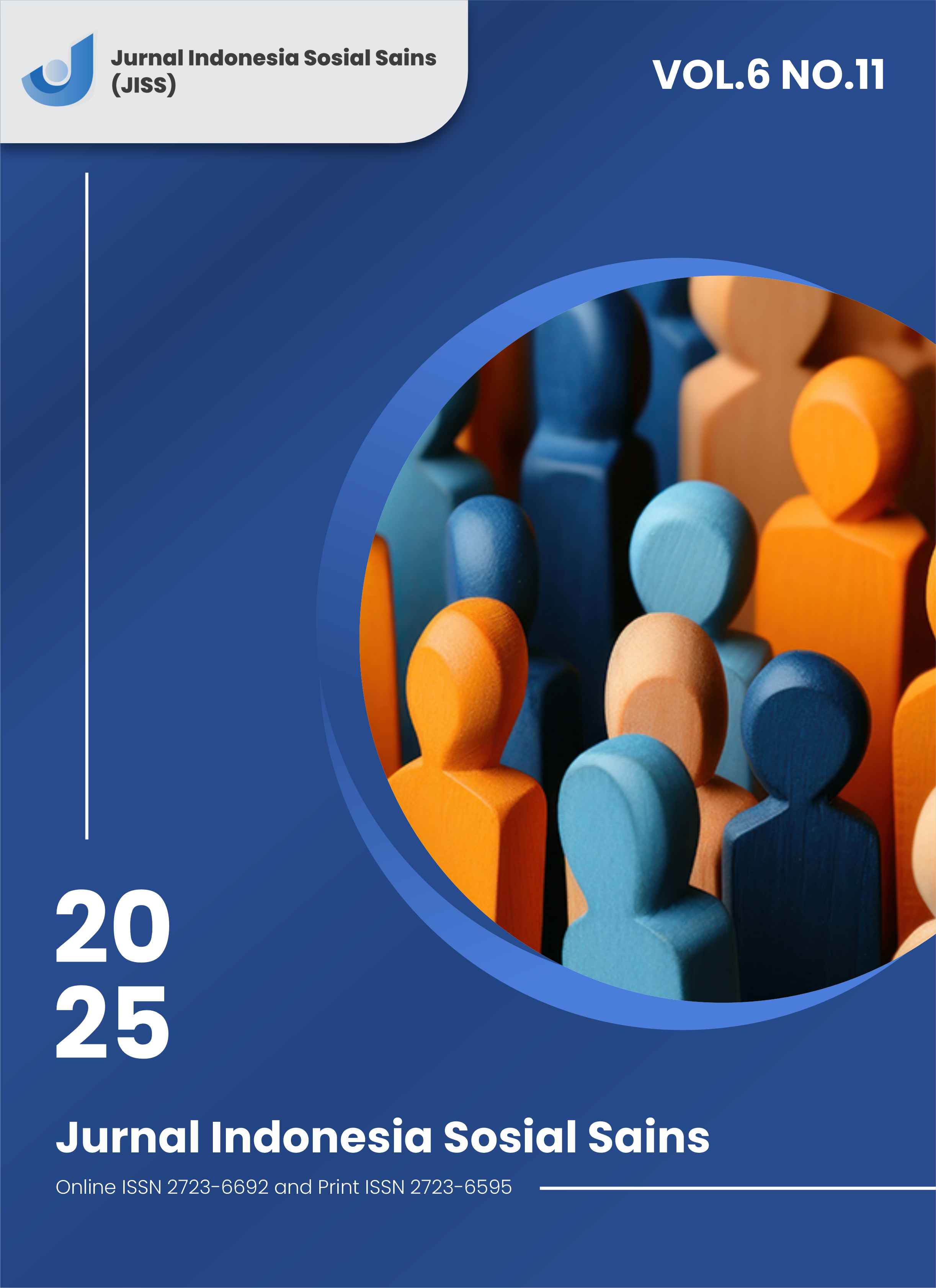Framing Terror of the Press: Pan & Kosicki's Model Analysis in TEMPO's Reporting on the Delivery of Pig Heads to the Tempo Office
DOI:
https://doi.org/10.59141/jiss.v6i11.2105Keywords:
Framing, Pan & Kosicki, freedom of the press, media terror, Time.Abstract
The incident of sending a pig's head to the Tempo editorial office in March 2025 became a form of terror that marked press freedom in Indonesia. This study analyzes how Tempo frames the event using Pan & Kosicki's framing analysis model. The research method uses a qualitative approach with discourse analysis techniques on Tempo's headlines related to the event. The results of the study show that Tempo builds a narrative with an emphasis on Tempo's victimization, neutrality in the presentation of information, and strengthening democratic values through professional and measurable language. The framing used tends to support the position of journalists as victims and rejects all forms of intimidation against freedom of expression, where freedom of expression and opinion is enshrined in Law Number 40 of 1999 guarantees press freedom in articles 4, 5, 6 and 18 as human rights of citizens. Press freedom has norms or principles that measure the extent to which a country or community gives freedom to the media or press to carry out its role independently without unauthorized interference or intimidation or even threats of violence from interested parties. (President, 1999). Maintaining the media is the same as protecting the foundations of Indonesian democracy. (Suryaningsi et al., 2025).
Downloads
Published
How to Cite
Issue
Section
License
Copyright (c) 2025 Eni Widyaningsih, Anisa Rahayu

This work is licensed under a Creative Commons Attribution-ShareAlike 4.0 International License.
Authors who publish with this journal agree to the following terms:
- Authors retain copyright and grant the journal right of first publication with the work simultaneously licensed under a Creative Commons Attribution-ShareAlike 4.0 International. that allows others to share the work with an acknowledgement of the work's authorship and initial publication in this journal.
- Authors are able to enter into separate, additional contractual arrangements for the non-exclusive distribution of the journal's published version of the work (e.g., post it to an institutional repository or publish it in a book), with an acknowledgement of its initial publication in this journal.
- Authors are permitted and encouraged to post their work online (e.g., in institutional repositories or on their website) prior to and during the submission process, as it can lead to productive exchanges, as well as earlier and greater citation of published work.












